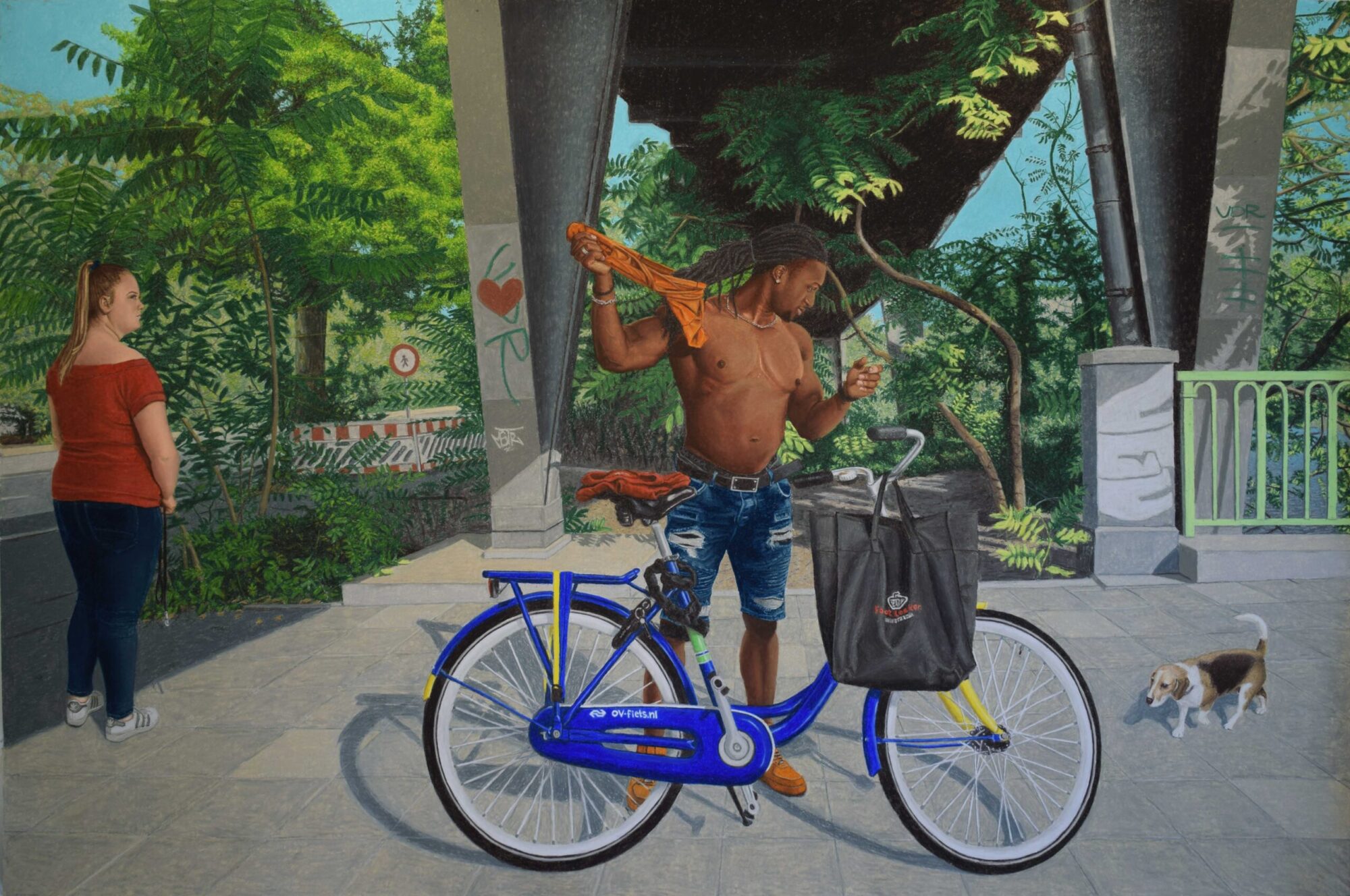~~~~~Beware the Water Wolf~~~~~
Long before the national water disaster, the ‘Watersnoodramp’ in the twentieth century, the Dutch were busy with building strategies to deal with the water. Simon Schama observes in ‘Trials by Water’ that the Dutch linked the unpredictable force of the water to the religious notion of “ordeal”, arguing that the country’s “geography reinforced moral analogy” of “trial of faith by adversity” (25). Water was a force under God’s control that could be used to punish the immoral and unfaithful. As a result, Schama argues, the Dutch were conditioned to “regard themselves as ordained and blessed survivors of deluge” (34), whereby “land [was] not merely reclaimed but redeemed, and in the process both [the land and the people] were morally transformed” (35). As such, it can be reasoned that for the Dutch, the land needed to be taken back from the water. Furthermore, “ordeal” gave the water a certain capriciousness, figuring it as an impending threat that could strike at any moment. This was similar to their struggle with the Spanish, another threat (“tyrant”) which they wished to keep out during this time period (Schama, 42). It is no surprise then that the Dutch had begun with the building of dikes in the early third and fourth centuries (Van Der Vaart 2014): the water was a ‘beast’ to be kept out at all costs.
In this trend, during the sixteenth century, Andries Vierlingh (veteran dike master to the princes of Orange) in his manuscript ‘Tractaet van Diekgie’ (1578) referred to the water as “Your foe Oceanus” who “does not rest her sleep, either by day or by night, but comes, suddenly, like a roaring lion, seeking to devour the whole land. To have kept your country, then is a great victory” (Schama, 42). Here, the water was anthropomorphised as a beastly adversary to which the Dutch were victims, small and child-like, which in turn confirmed the need for a protection strategy to contain, and keep out, the water.

Along this similar line of thought, in the seventeenth century, the Dutch poet Joost van den Vondel characterised the water as a (cruel) “wrede water wolf” in his poem ‘Aenden Leevw van Hollant’ (1941): water was yet again anthropomorphised as a beast that was devouring the land and had to be stopped. Vondel also speaks of the “waterjacht” (water hunt), furthering the characterisation of water as an animal that needed to be caught, if not chased out. Fittingly, it was in this time period that the Dutch were beginning to gain more control over the water’s influence on the land, as technological advancements in the sixteenth and seventeenth centuries led to drainage of the land by use of windmills (Van Koningsveld et al. 372; Van Der Vaart 252). This allowed the people to retrieve their land from the water, in contrast to dikes which had only kept the water out—and not always successfully.
Continuing onward into the twentieth century, water continued to be perceived as a threat that needed to be controlled, as measures to protect and retrieve the land (and its people) from the water became larger in scale. These culminated in the construction of the Afsluitdijk following the Zuiderzee storm flood of 1916 and the Deltaworks after the great national flood of 1953, which subsequently led to an absence of further flooding (Van Koningsveld et al. 373-4; Van Der Vaart 252-4): the ‘children’ were protected from the ‘wolf’.
